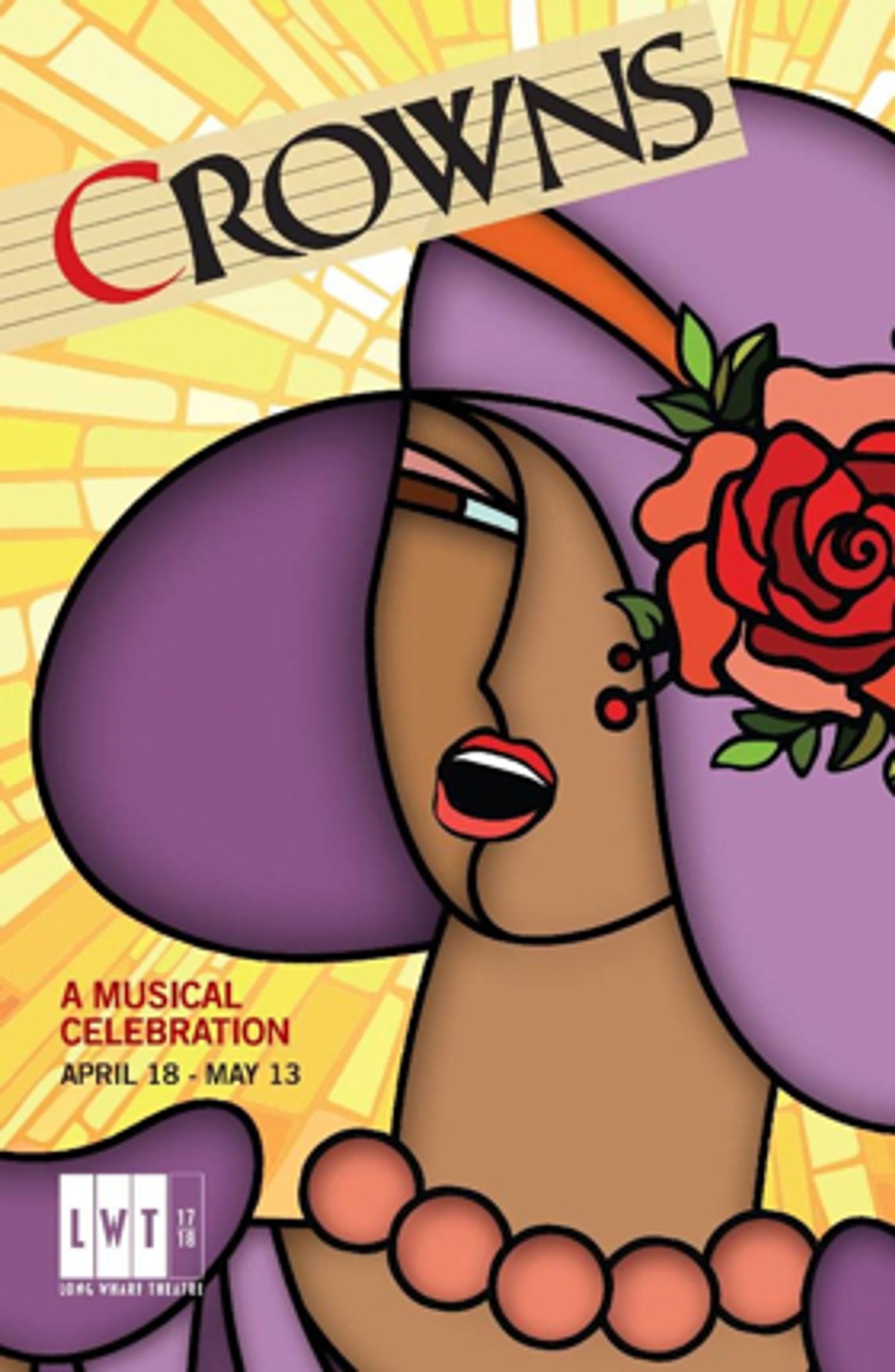Review: CROWNS at New Haven's Long Wharf Theatre


Does anyone still wear a hat? sang Elaine Stritch in Company. The answer is a definite yes in Regina Taylor's Crowns, the final production of Long Wharf Theatre's 2017-2018 regular season.
Taylor, who directed as well as wrote the show (adapted from the book by Michael Cunningham and Craig Marberry), offers a high energy gospel/tribal/blues/hip hop/rap musical celebration of African-American women and how their hats have always been a huge part of their identity.
And the hats in Crowns are stunning. Emilio Sosa's costumes set off the hats, from a simple red baseball cap to ornate Sunday hats that suit each character and performer to perfection. And each performer owns the part or parts, in the case of Lawrence Clayton, who plays multiple male characters. Each is a strong character, with Yolanda (Gabrielle Beckford) as the young dynamo who slowly and reluctantly comes to terms with her beloved brother's death and her family heritage. The other characters, Mother Shaw (Shari Addison), Jeannette (Rebecca E. Covington), Velma (Latice Crawford), Wanda (Stephanie Pope), and Mable (Danielle K. Thomas, who is also the show's dance captain).
But here's the complex thing about hats and women. Hats can be more than an accessory for special occasions such as weddings or attending a regular service at a house of worship. Sometimes they can relegate them to a specific status. Jackie Kennedy's little pill box hats were pretty much history after her first husband was assassinated. Hatless, she was her own woman for the rest of her life, not just the widow of a popular and legendary president. Princess Diana was liberated after her divorce and rarely ever wore a hat after that. The Duchess of Cambridge doesn't wear "hats," but fascinators. Orthodox Jewish women wear hats to cover their hair, which some men think is erotic. (Yes, really, and they will not pray in the presence of a woman whose hair is covered in a wig, hat, or scarf. However, covering the hair is not in Judaism's 613 commandments.) Many, but not all, Muslim women take the veil, both for tradition and to be respected. Hats can also signify power.
In Crowns, hats not only pay homage to its characters' African and African-American roots, they tell stories about their lives and help bring Yolanda into their fold. The red hat Yolanda wears belonged to her brother, who was killed on the streets, and it is a part of her that she cannot let go, even as she is guided through to her relatives' world of hats. Their hats hold sentimental value, political value, and self-esteem. You see the women transformed with their hats, not just visually, but vocally. And it must be noted that the entire cast has incredible singing voices and dancing skills.
Finally, I wish the Long Wharf Theatre would sell graphic designer Claire Zoghb's program cover as a poster. It's one of her most stunning creations. As always, Zoghb manages to capture the essence of the show beautifully in illustration. This has it all - the vibrancy, the energy, the uniqueness of the show and of the characters.
You will never again think of a hat the same way once you see Crowns. Even if you saw the show before, see it again because Regina Taylor rewrote the show and added new music. Crowns plays through May 13 (Mother's Day) at 222 Sargent Drive, New Haven. For tickets, call 203-787-4282 or visit www.longwharf.org.
Reader Reviews
Videos

